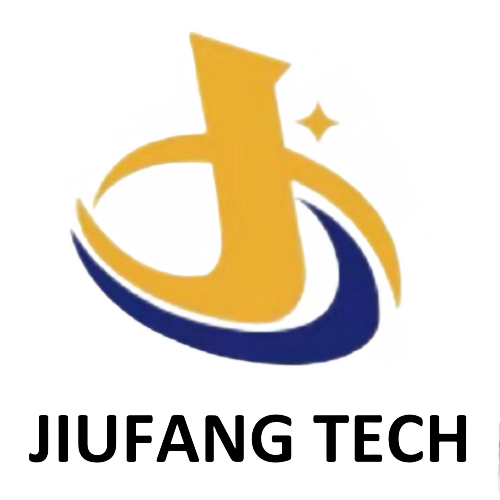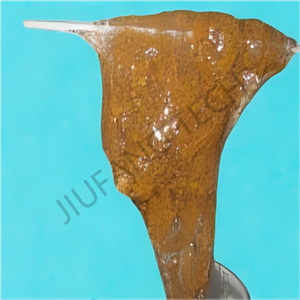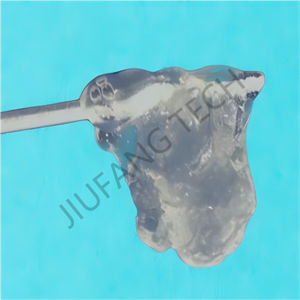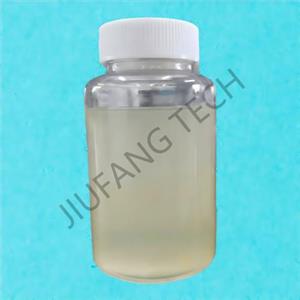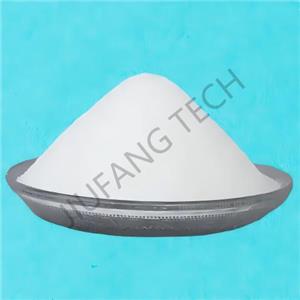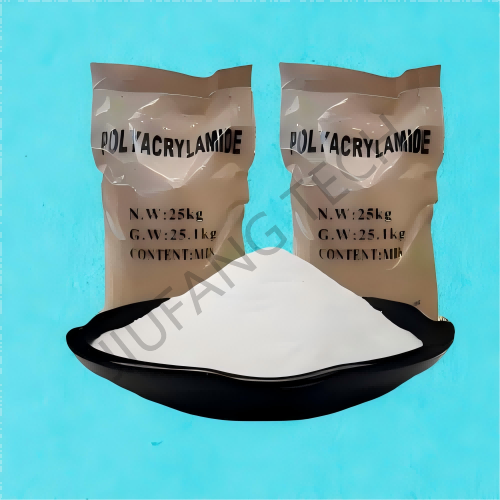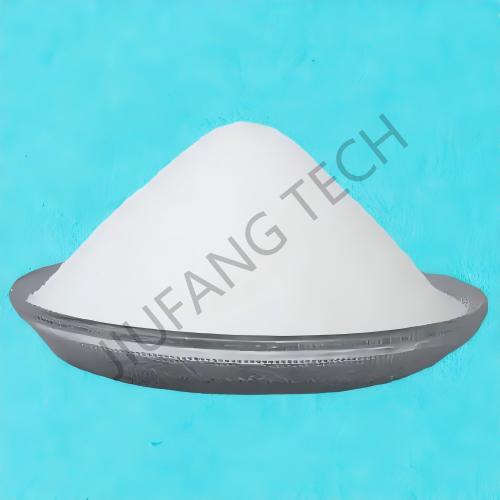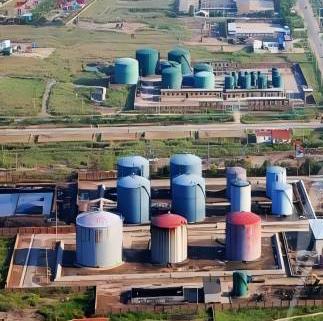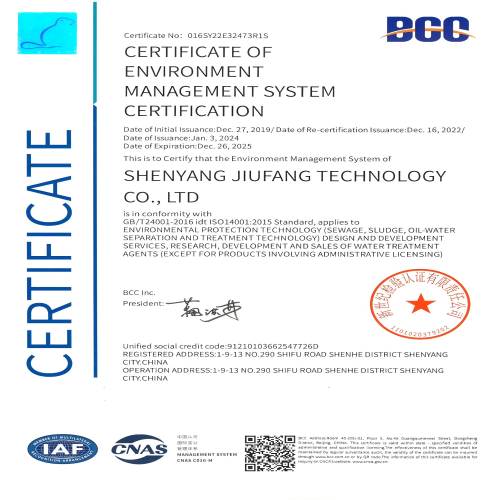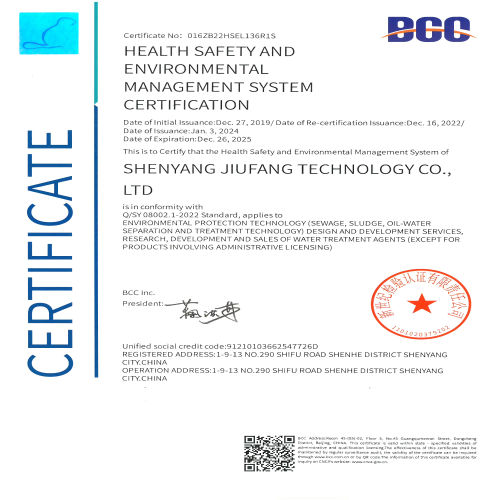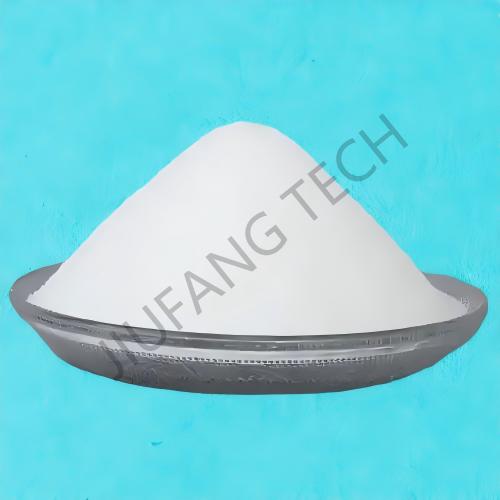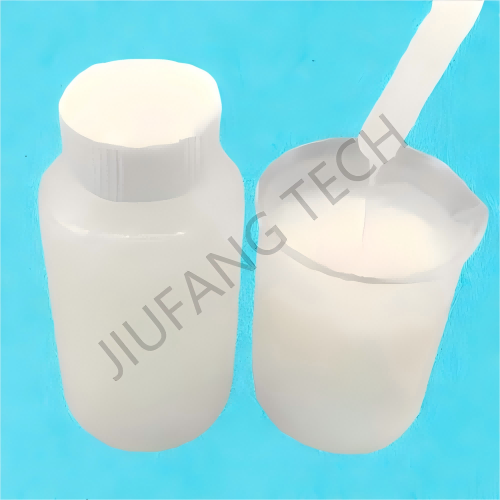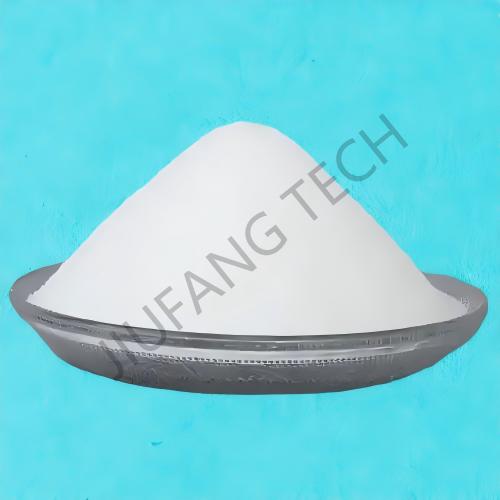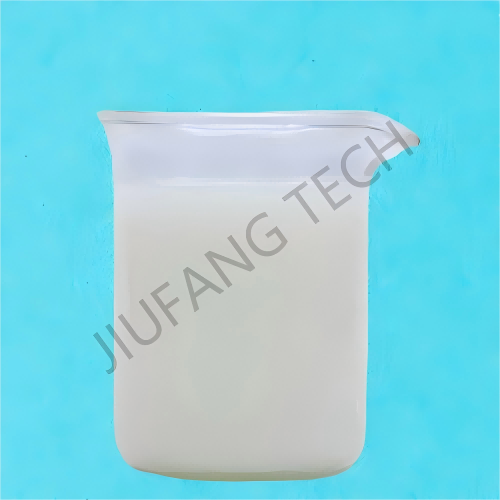
Petrol Sahasında Yağlı Atıksu Arıtımı İçin CPAM Tozu
Marka Jiufang
Ürünün menşei Şenyang
Teslimat süresi Teslim süresi: 7 gün
arz kapasitesi Ayda 2000 Metrik Ton
1. CPAM, petrol sahalarında yağlı atıksuların arıtımı için kullanılır ve bu sayede SS değeri giderilir.
2. Petrol sahalarında toz PAM ile yağlı atıksu arıtımı orta katyonik derece için uygundur.
3. Petrol sahasındaki CPAM katısı DAF'ta petrol değerini gidermek amacıyla kullanılır.
indir
Polyacrylamide water treatment in the oilfield contains oil and suspension solid. Oily wastewater treatment by powder PAM in Oilfield is a type of medium cationic degree that is used in the pretreatment process in DAF. At this point, the destination of the pretreatment is to remove the SS value and the oil value in order to reduce the burden of the next process.
Use medium cationic degree (oilfield CPAM powder) to treat oilywastewater with PAC or other inorganic flocculants. Following the environmental protection aim getting higher and the oily wastewater treatment process also getting innovated. If using the biochemical process to reduce the COD value, the pretreatment process is getting more important than before. CPAM solid in oilfield has two types of oilfield CPAM powder products: Medium cationic degree in the pretreatment process(CPAM in oilfield) and high cationic degree in the dewatering process(CPAM in oilfield).
1. Deep Purification of Refinery Comprehensive Wastewater
The comprehensive wastewater of a refinery (COD 1,200 mg/L, oil content 200 mg/L, sulfide 50 mg/L) adopts the dddhhhtwo-stage flotation(CPAM in oilfield) + deep-well aeration processdddhhh, in which CPAM and PAC work synergistically:
Process Configuration:
1). Cavitation Air Flotation: Add 50 mg/L of PAC and 1.5 mg/L of CPAM (CPAM in oilfield). This can remove 80% of floating oil and colloidal particles.
2). Dissolved Air Flotation: Further add 0.8 mg/L of CPAM(CPAM solid in oilfield) to strengthen the flocculation of finely-dispersed oil, reducing the oil content to less than 30 mg/L.
3). Biochemical Treatment: The deep-well aeration system achieves a COD removal rate of 85%. Finally, the oil content in the effluent is < 20 mg/L, and the COD is < 300 mg/L, meeting the dddhhhIntegrated Wastewater Discharge Standarddddhhh (GB 8978).
Economy: The chemical cost per ton of water is only 0.24 yuan. Combined with the high shock - load resistance of deep-well aeration, the system can operate stably in the long term.
2. Treatment of High-polymer-containing Produced Water in Oilfields
The high-viscosity oil produced water in Liaohe Oilfield (COD 5,000 mg/L, oil content 1,200 mg/L, polymer-containing concentration 800 mg/L) adopts the dddhhhenhanced demulsification + internal electrolysis oxidation processdddhhh:
1). Chemical Demulsification: Add 1.5 mg/L of CPAM (CPAM solid in oilfield), combined with ultrasonic assistance, to increase the oil-droplet particle size to more than 50 μm.
2). Internal Electrolysis Reaction: Use the newly-generated [H] and Fe²⁺ from iron-carbon micro - electrolysis to further decompose macromolecular organic matter. The COD removal rate exceeds 70%.
3). Deep Filtration: After three stage filtration with coke nut shell fiber, the oil content in the effluent is < 10 mg/L, and the COD is < 150 mg/L, meeting the reinjection standard.
Resource Utilization Value: The oil sludge produced by demulsification has an oil content of 40% after centrifugal dewatering(CPAM in oilfield) and can be used as fuel for boiler combustion.
3. Micro bubble Ozone Coupling Treatment of Petrochemical Production Wastewater
The oily wastewater of a petrochemical plant (petroleum category 800-1,500 mg/L, COD 5,000-12,000 mg/L) adopts the dddhhhmicro - bubble ozone demulsification - gradient flocculation - ultrafiltration oil-interception processdddhhh:
Technical Core:
1). Micro bubble Demulsification Stage: The ozone dosage is 120 mg/L, and the micro bubble contact time is 15 min. The demulsification efficiency is ssshhh 98%, and the oil - droplet particle size increases from 5 μm to 50 μm.
2). Gradient Flocculation Stage(Oilfield CPAM powder): Adopt three stage stirring (80→50→30 r/min) in synergy with 0.02 mg/L of CPAM in oilfield agent to form oil floc complexes (particle size 200-300 μm). The SS removal rate is ssshhh 96%.
3). Membrane Separation Stage: The hydrophobic modified ultrafiltration membrane (cut off pore size 0.01 μm) has an operating flux of 18 L/(m²·h), a transmembrane pressure difference of < 20 kPa, and is equipped with a thermal regeneration back - flushing system.
Treatment Effect: The oil content in the effluent is < 3 mg/L, the COD is < 80 mg/L, the purity of the recovered fuel oil is 98.5%, the treatment cost per ton of water is 4.2 yuan, which is 62% lower than the original process.
4. Synergistic Treatment of High sulfur Refinery Alkali Residue Wastewater
The high sulfur alkali residue wastewater of a CNOOC refinery (pH 10.75, COD 15,000 mg/L, high - concentration S²⁻) adopts the dddhhhiron - carbon micro - electrolysis + chemical flocculation(CPAM solid in oilfield) + membrane separation processdddhhh:
Synergistic Mechanism:
1). Micro - electrolysis Pretreatment: The iron carbon ratio is 1:1, pH is 4-5. The COD removal rate is 79.1%, and the S²⁻ removal rate is 88.4%.
2). Chemical Flocculation: Add 250 mg/L of PAC and 2 mg/L of CPAM in oilfield agent to form dense flocs. The volume of air flotation scum is only 1/3 of that when only PAC is used.
3). Membrane Separation for Deep Treatment: The effluent of the two stage reverse osmosis has a COD < 213 mg/L and S²⁻ < 98 mg/L, meeting the refinery's reuse standard.
Cost Optimization: The dosage of PAC is reduced by 30%, the sludge water content is reduced from 95% to 80%, and the subsequent dewatering cost is significantly reduced.
5. Conditioning of Refinery Wastewater Biochemical Sludge
The biochemical sludge of a refinery (water content 94%-99.8%) adopts the dddhhhCPAM in oilfield single conditioning processdddhhh:
Technical Parameters:
Excess sludge in the aeration tank: The CPAM solid in oilfield agent dosage is 10-16 mg/L. After filtration, the water content is 72%, and the volume is reduced by 99%.
Biochemical sludge in the secondary sedimentation tank: The CPAM in oilfield agent dosage is 15-25 mg/L. After filtration, the water content is 83%, and the volume is reduced by 97%.
Sludge from the biological filter tower: After a dilution ratio of 1:6, add 50 - 60 mg/L of CPAM. After filtration, the water content is 75.9%.
Economy: When treating 50 m³ of biochemical sludge per day, the dewatered filter cake is only 2 t/d, and the transportation cost is reduced by 80%.
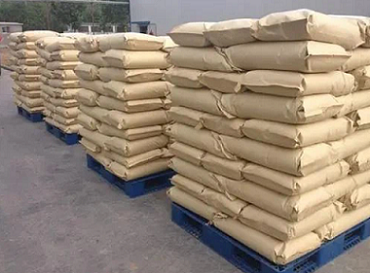
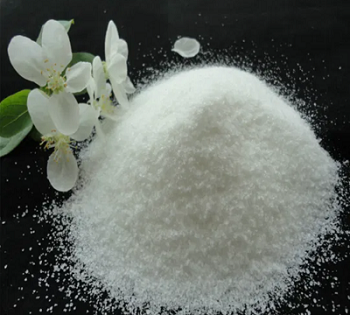
Industry-specific attributes:
| Name | Oilfield CPAM powder | |||
| Application | CPAM solid in oilfield | |||
| CAS NO. | 9003-05-8 | |||
Other Attributes:
| Appearance | White Powder | |||
| Solid Content | 90% | |||
| Molecular Weight 10*6 | 8~9 | |||
| Density(25℃) | 0.75g/cm3 | |||
| PH Value(1% water solution) | 6~8 | |||
| Cationic Charge | 40%--70% | |||
| Dissolving Time,min | <30 | |||
| Storage Temperature,℃ | 0~35 | |||
| Shelf Life,month | 24 | |||
Supply Ability:
| Supply Ability | 2000Metric Tons per Month | |||
Lead Time:
| Quantity(kilograms) | 1~50 | >50 | |
| Lead Time(days) | 7 | negotiated | |
